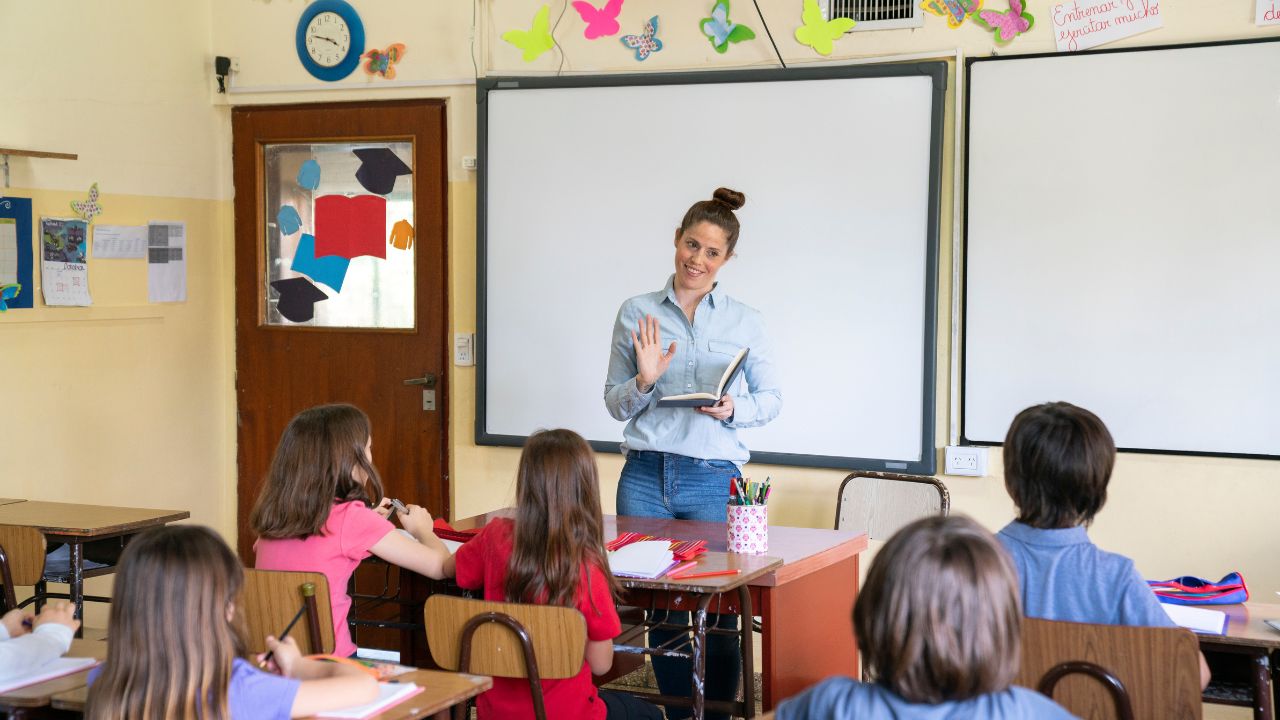- By Ritesh Kumar
- Mon, 01 Jan 2024 03:25 PM (IST)
- Source:JND
Technology has certainly emerged as a powerful tool for transforming various aspects of our lives. From communication to transportation, healthcare to entertainment, technology has revolutionised the way we live, work, and interact with the world around us. However, one aspect of our lives that has been profoundly influenced is education. From being confined within four walls to exploring virtual classrooms and online learning platforms, technology has expanded the possibilities of education beyond traditional boundaries. This is where the Indian ed-tech sector, which was worth $6.4 billion in 2022, is expected to increase at a CAGR of 13.7%, reaching $14.1 billion by 2028, according to IMARC Group.
While technology has clearly impacted traditional educational approaches, it has also created new opportunities for teachers. Project-based learning, flipped classrooms, and gamification have grown in popularity because of their ability to engage students and improve their grasp of complicated subjects. These approaches leverage technology even more to create dynamic and immersive learning experiences that encourage students' creativity, critical thinking, and collaboration. As a result, by combining technology with teaching methods, educators can accommodate diverse learning styles and provide tailored training that suits the needs of each student.
Er. Koneru Satyanarayana, Chancellor of KL Deemed to be University, shared insights on innovative teaching methods:
Innovative teaching methods: Epoch to success
Project-based learning: Among various innovative teaching methods, project-based learning has surfaced as an effective strategy, fostering deeper understanding and application of knowledge. Unlike conventional methods that rely heavily on lectures and memorization, PBL encourages students to actively explore real-world problems and collaborate on meaningful projects. Thus, this approach not only sharpens their critical thinking skills but also nurtures creativity and problem-solving abilities.
Flipped classroom: Unlike the traditional paradigm, which emphasizes the teacher as the major source of information, the occurrence of the flipped classroom has gained popularity in recent years. In a flipped classroom, students are introduced to new concepts and materials outside of class through online resources or pre-recorded lectures. This allows for more interactive and engaging in-class activities, such as discussions, problem-solving exercises, and hands-on experiments. As a result, students take on a more active role in their learning process and can receive personalized support from the teacher during class time.
Gamification: In an era where playful learning has become the talk of the town, gamification has become a popular strategy. By leveraging essential motivators like competition, rewards, and progress tracking, this trend captivates teachers, fostering a sense of excitement and engagement among students. It is, thus, true to say that gamification transforms the learning experience into a fun and immersive one, allowing students to monitor their growth and identify areas for improvement.
In a nutshell, innovative teaching practices emerged as a critical component for providing students with an engaging and successful learning environment. They assist teachers in developing unique ways of instruction, as well as helping students become independent learners. Thus, by providing a variety of different instructional strategies and materials, teachers can boost student engagement and achievement in the classroom.

